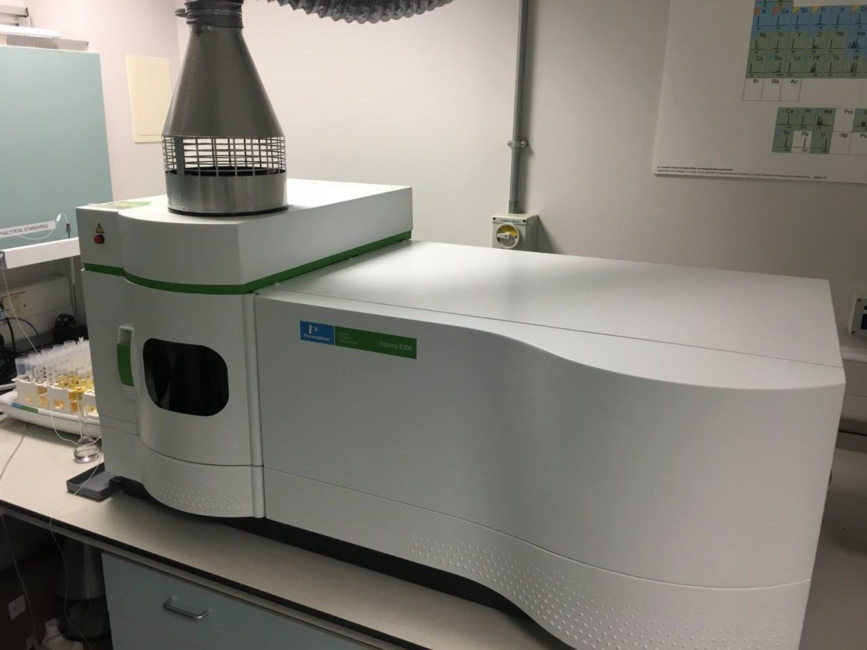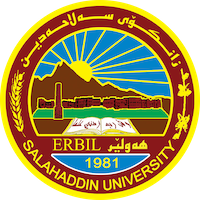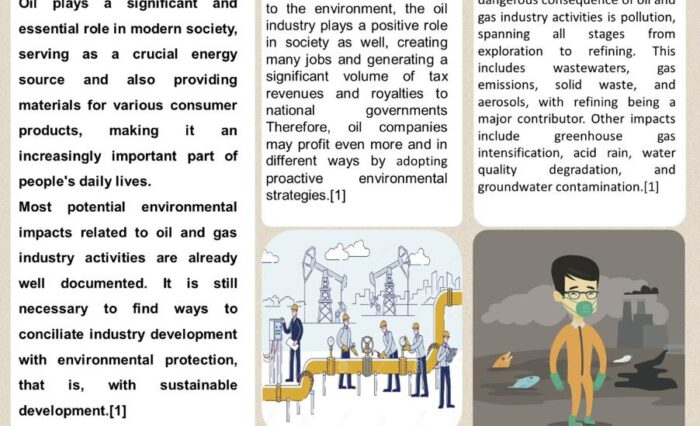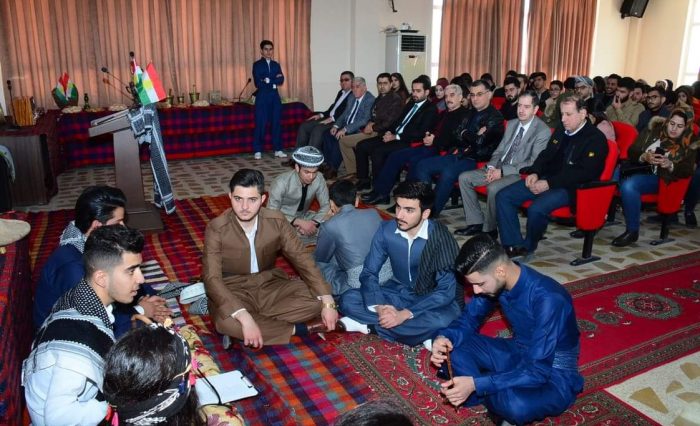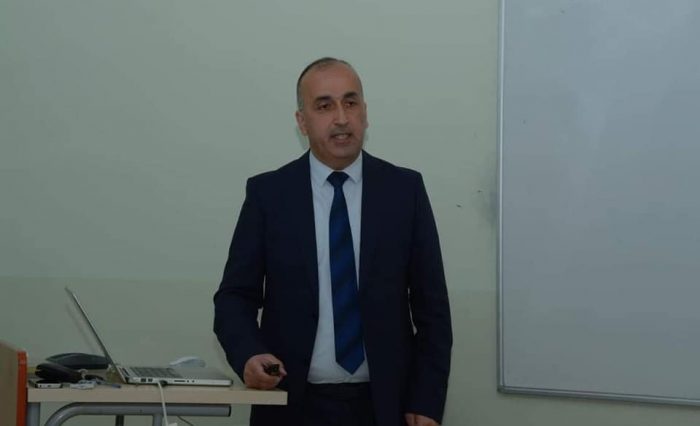Chemical and Petrochemical Engineering
Petroleum and chemical engineering department was established in the academic year 2017 -2018, during the same academic year forty-four students were registered. The department offers B.Sc. in petroleum and chemical engineering.
The Bachelor of Science programme is a four-year programme organized into eight semesters.
Petroleum and chemical engineering department is one of the eight departments in the college of engineering at Salahaddin university-erbil, which is the top ranked state university in Kurdistan. The department has gone through several re-structuring stages to reflect the needs of Kurdistan in the area of natural resources and its related fields.
The department offers a comprehensive range of courses leading to well-qualified graduates who can address the challenges of the world’s industry needs responsibly, to exceed the evolving expectations of employers in the petroleum and chemical industries, to sustain industry-leading skills and to be leaders in industry, academia and government.
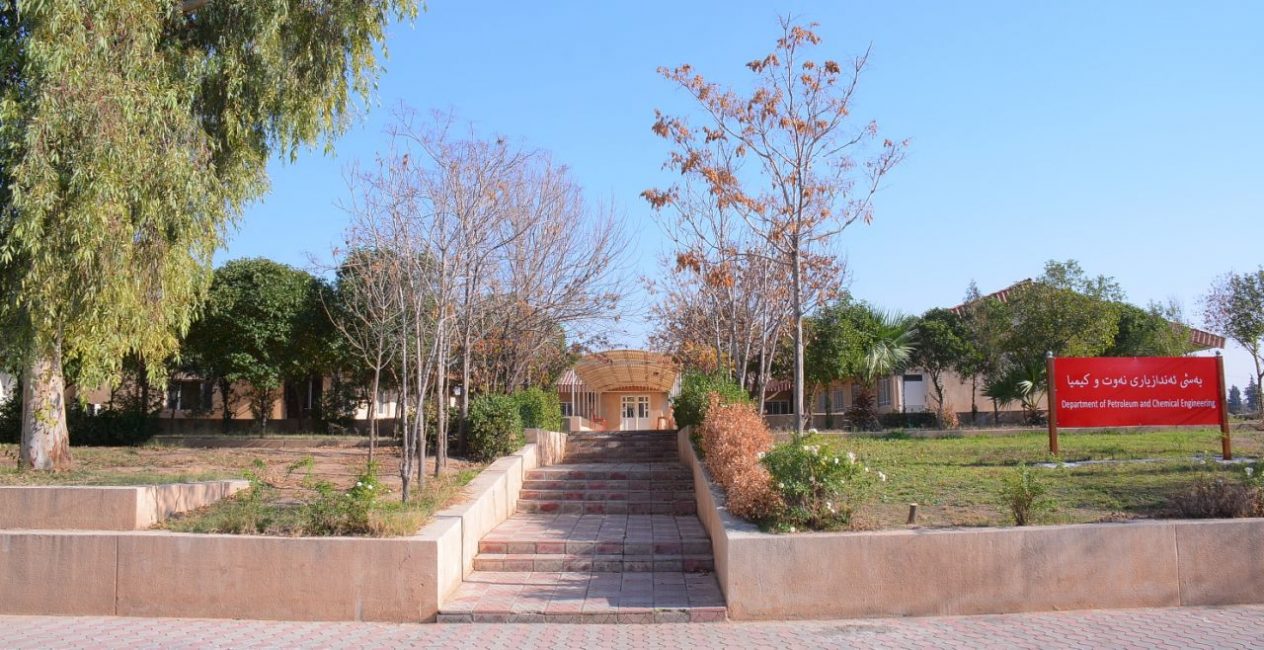
Welcome from the Head of Department
It is my pleasure to welcome you through this virtual window into the department of chemical and petrochemical engineering at the college of engineering, salahaddin university-erbil. I am proud to showcase the department to you and I hope you find the website to be interesting and informative.
Here you will find information about programs, academic staff, research activities and students works along with the department news and events.
This is a very exciting time to enter the chemical and petrochemical engineering disciplines. Kurdistan is currently making some of the largest resource sector investments in its history in industrial disciplines.
The department offers a comprehensive range of courses leading to well-qualified graduates who can address the challenges of the world’s industry needs responsibly, to exceed the evolving expectations of employers in the petroleum and chemical industries, to sustain industry leading skills and to be leaders in industry, academia and government.
As the head of the department, I would like to assure you that the academic staff and department members are ready and willing to provide all our students with the skills and support services you need to grow academically, socially, and personally. Please accept our wishes for a successful academic year, and do not hesitate to seek our guidance. Welcome to the chemical and petrochemical engineering department, and set sail for an inspirational journey towards a successful future!
Sincerely,
Asst.Prof.Dr.Mohammed Jawdat Barzanjy
Head of chemical and petrochemical Engineering Department
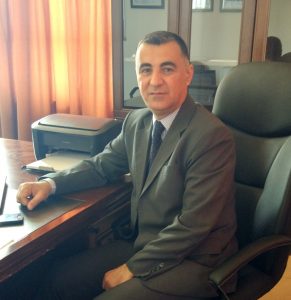
Academic Staff
- FTIR spectrometer , Bruker Alpha II
The ALPHA II is a compact FT-IR spectrometer with a footprint the size of a laptop. It is used for chemical analysis and enables you to do quality control, quantifications and verification of raw materials.
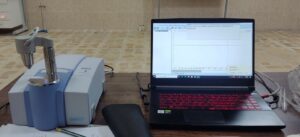
3- High pressure Lab reactor , 250ml , up to 100 bars , Toption
Mainly used in the fields of biochemical, chemical material, environmental protection new material reaction, etc. Make cumbersome experimental simple, it can be realized in one operation with different environments or with different environment temperature/ pressure diversified series of different experiments.
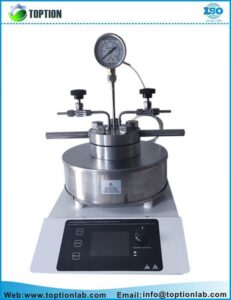
5- Rotary Evaporator with vacuum pump and chiller, EV400NVAC, LabTech, Italy.
Used for:
Solvent recycling , Solvent distillation , Powder drying , Chemical synthesis Extraction Research , Active agent concentration, Vacuum distillation of sensitive substances , and Liquid mixture separation
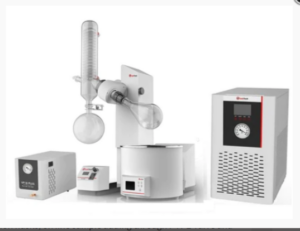
7- Weight balance
Weighing balances are instruments which are used to determine the weight or mass of an object. Available in a wide range of sizes with multiple weighing capacities they are essential tools in laboratories.
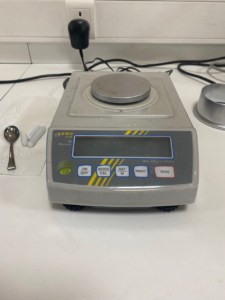
9- magnetic hot plate stirrer
A magnetic stirrer or magnetic mixer is a laboratory device that employs a rotating magnetic field to cause a stir bar (or flea) immersed in a liquid to spin very quickly, thus stirring it. The rotating field may be created either by a rotating magnet or a set of stationary electromagnets, placed beneath the vessel with the liquid. It is used in chemistry and biology as a convenient way to stir small volumes and where other forms of stirring, such as overhead stirrers and stirring rods, may not be viable.
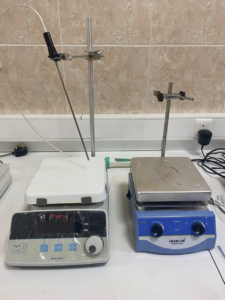
11- Single layer glass Reactor
Single layer glass reactor is an equipment which is a collaboration of vacuum state, distillation, reflux, stirring, oil/water heating, heating mantle. It can do all kinds of biochemical reactions and synthesis reactions at a constant temperature condition. It is also a colsed system on the whole.
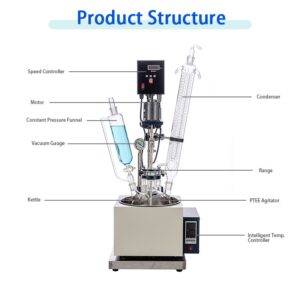
13- MELTING POINT:-
A melting point system is an analytical instrument used to determine the melting point of solid crystalline substances.
What is the Melting Point? The melting point is usually defined as the point at which materials changes from a solid to a liquid. The temperature at which solid changes its state to liquid at atmospheric pressure is called the melting point of that liquid.

15- Inductively Coupled Plasma Optical Emission spectroscopy (ICP-OES)
Is a technique in which the composition of elements in (mostly water-dissolved) samples can be determined using plasma and a spectrometer
2- Ultrasonic homogenizer , 1800E , Toption.
Ultrasonic Emulsification is also called Ultrasonic homogenizer, it has many types, it is widely used in biological chemistry, microbiology, medicinal chemistry, surface chemistry, physics, zoology, etc.

4- Benchtop centrifuge, Digtor 22c, Artoalersa, Spain
Designed for oil/petrol applications according the standards: ASTM D 91, D96, D 893, D 1796, D2273, D2709, D 2711, D 4007, D 5546, API 2542, API 2548, BS 4385, ISO 3734, ISO 9030, IP75, IP 359, NF M07-020, DIN 51793. Fits Babcock bottles
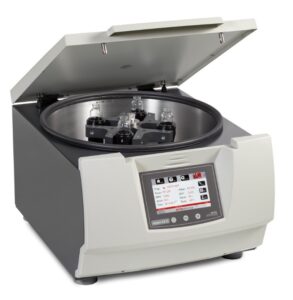
6-Heating Mantle
A heating mantle, or isomantle, is a piece of laboratory equipment used to apply heat to containers, as an alternative to other forms of heated bath. In contrast to other heating devices, such as hotplates or Bunsen burners, glassware containers may be placed in direct contact with the heating mantle without substantially increasing the risk of the glassware shattering, because the heating element of a heating mantle is insulated from the container so as to prevent excessive temperature gradients

8- Water bath
A water bath is a laboratory equipment that is used to incubate samples at a constant temperature over a long period of time. Water bath is a preferred heat source for heating flammable chemicals instead of an open flame to prevent ignition
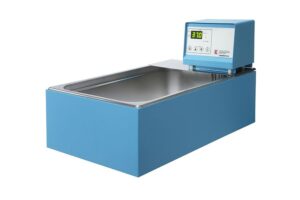
10- Fume Hood
A fume hood is a ventilated enclosure in which gases, vapors and fumes are captured and removed from the work area. An exhaust fan situated on the top of the laboratory building pulls air and airborne contaminants through connected ductwork and exhausts them to the atmosphere.
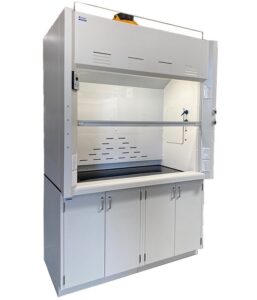
12- Water Distilation
Water distillation is a process in which water is boiled until it evaporates and condenses, leaving behind impurities with different boiling points. Distillation produces clean, pure water. It is an effective water treatment method for removing contaminants like bacteria, heavy metals, and chemicals.
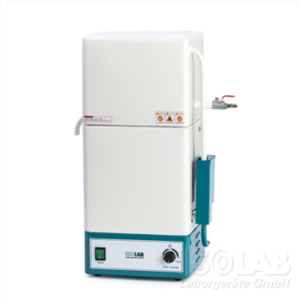
14- PENSKY-MARTENS CLOSED CUP FLASH POINT TESTER:-
For flash point determination of biodiesel, distillate fuels, new lubricating oils, residual fuel oils,
The Pensky-Martens Flash Point Tester consists of a closed-cup test arrangement that contains any vapors produced and essentially simulates the situation in which a potential source of ignition is accidentally introduced into a container.

